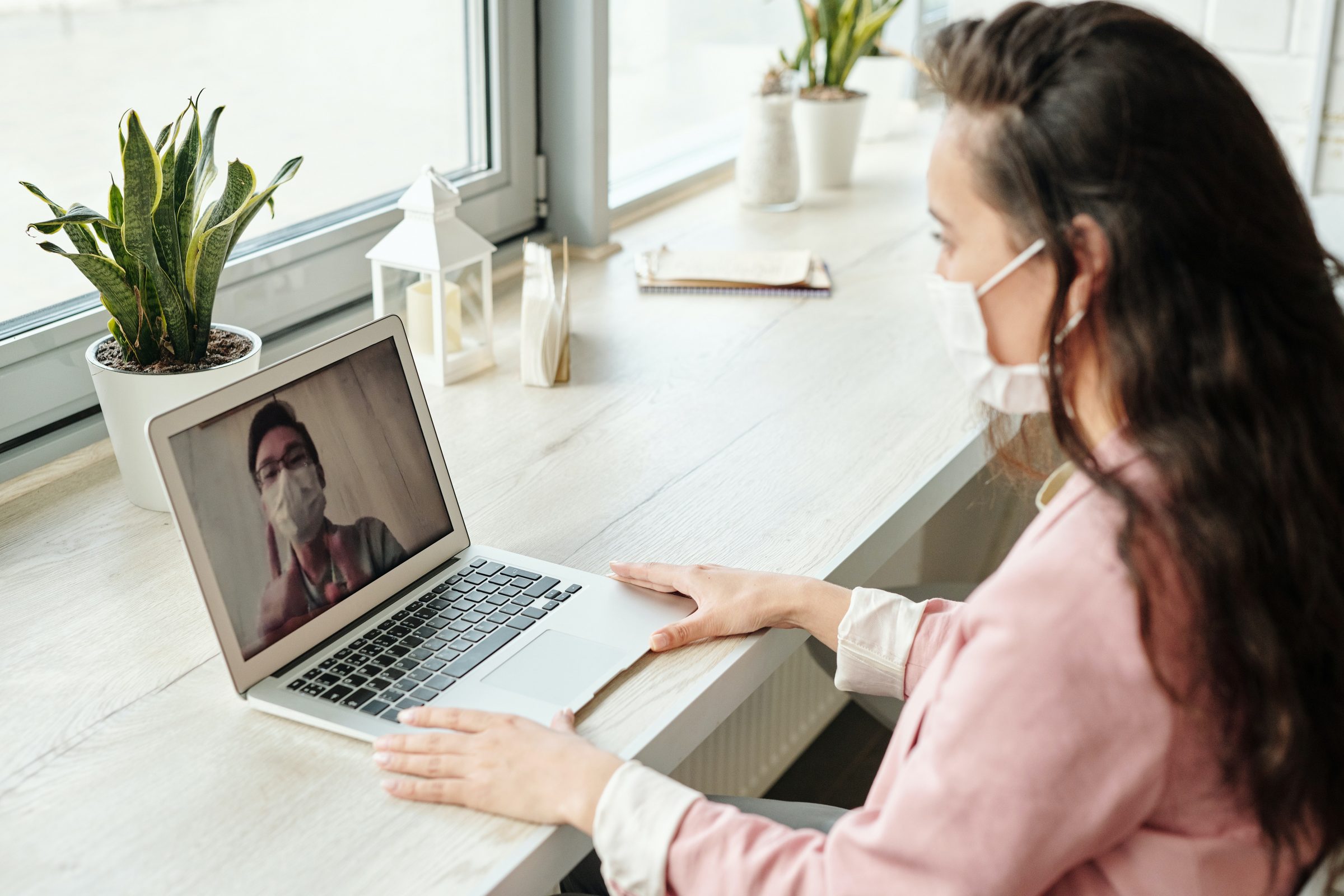NAU researchers study changing substance use treatment regulations during COVID-19

Opioid addiction and other substance use disorders have surged to become a major national health priority in recent years.
Medication-Assisted Treatment (MAT), where physicians use carefully regulated medications to help patients overcome their addictions, is one of the most popular and effective treatment approaches, but is often hampered by the need for patients to visit clinics in-person to receive their medication.
In response to the COVID-19 pandemic declared a public health a state of emergency on January 31, 2020, the United States Drug Enforcement Administration (DEA) temporarily relaxed restrictions for medication-assisted treatment. Shortly after, telemedicine prescribing was allowed for people in substance use disorders (SUD) treatment as of March 31, 2020.
This has provided an unexpected opportunity to study the potential of such telemedicine approaches that, if successful, could lead to a permanent shift in DEA policy and broader, simplified access to MAT treatment for many more Americans.”
NAU researchers Emery Eaves, Regents’ Professor Robert T Trotter II, Eck Doerry, and Julie Baldwin have been working on a one-year, $293,000 project, funded by the National Institute on Minority Health and Health Disparities, to use rapid assessment, response and evaluation (RARE) methods to document both barriers and facilitators to implementation of the temporary guidelines for SUD treatment during COVID-19.
The researchers intend for the project to provide northern Arizona communities with information about local equity, acceptability and feasibility of potential telehealth and mHealth (mobile health) interventions for SUD treatment during and after the COVID-19 pandemic.
Eaves, the lead investigator for the study, is an assistant professor in NAU’s Department of Anthropology, Trotter II is in NAU’s Department of Anthropology, and Doerry is a professor in NAU’s School of Informatics, Computing, and Cyber Systems (SICCS). The project is funded as a supplement through the Southwest Health Equity Research Collaboration (SHERC), U54MD012388. Regents’ Professor Julie A. Baldwin is principal investigator of SHERC and director of the Center for Health Equity Research.
SUD treatment during COVID-19
The US DEA relaxed restrictions in treatment of opioid use disorders to support social distancing by allowing doctors to prescribe longer take-home doses of methadone and buprenorphine rather than having patients visit the clinic every day (for methadone) or weekly (for buprenorphine).
The guideline changes also allowed providers to prescribe medications to patients with SUD via telemedicine to reduce in-person contact. Many local providers have called for telemedicine and longer take-home doses of medications well before the pandemic began to improve access to care for people in rural areas. Thus far, the research team has observed wide variation in implementation of the new guideline and ongoing barriers to equity in implementation.
According to Emery Eaves, their research using Rapid Assessment, Response and Evaluation (or RARE) methods has potential to inform long-term policy on substance use treatment, especially for people in rural areas who cannot easily access treatment, long after the COVID-19 pandemic ends.
The RARE methodology was successfully implemented domestically and internationally through the auspices of the Surgeon General’s Office of HIV/AIDS Policy (OHAP) and the CDC (2001-2) to address critical program and policy needs in dealing with the emerging HIV/AIDS pandemic in drug-using populations.
“Since the RARE methodology has proven to be highly successful for addressing emerging health equities issues in hard-to-reach populations, implementing the RARE process during the COVID pandemic provides us with a strong, scientifically proven process for rapidly answering crucial questions about the impact of COVID on current drug abuse intervention programs,” Trotter said.
“We hope our work will assist the national discussion of future guidelines for medication-assisted treatment (MAT),” Eaves said. “Our project is important because it will enable us to study how the guideline changes have actually been experienced by people in treatment and by treatment providers.”
Recent publication
The researchers have already conducted an initial assessment leading up to this project, and they recently published an article in Human Organization (Eaves, Trotter, Baldwin, December, 2020). The article, focused on media coverage of COVID-19’s effect on MAT is titled, “Another Silver Lining?: Anthropological Perspectives on the Promise and Practice of Relaxed Restrictions for Telemedicine and Medication-Assisted Treatment in the Context of COVID-19.”
In the December 2020 publication, the researchers examined media coverage of the guideline changes for MAT delivery during COVID-19 to understand whether there has been a perception shift on MAT from before the pandemic to after the regulation relaxation, especially for patients in rural Arizona.
The research, informed by ethnographic interviews and observations in recent years, raised questions about potential inequities in implementation and increased emphasis on MAT while other forms of harm reduction and treatment have suffered during the pandemic. The current RARE project is an important step toward addressing some of these questions.
Future MAT projects
Eaves and Doerry have been working to develop a mobile app platform with the long-term goal of supporting women in recovery by providing them with a rich social and information environment in a safe, anonymous virtual space that meets or exceeds the support they receive through in-person treatment options.
They hope their work will ultimately improve telehealth and mHealth options for women in recovery, as well as inform policy for improving SUD treatment.
“The widespread penetration of smartphone technologies across all layers of society has fundamentally changed the potential efficacy of telemedicine approaches for us all,” Doerry said. “We’re not just talking about having a video call with your doctor, we’re talking about rich interactive information environments that allow patients to support each other, get help on-demand anytime, and can include automated sensors and monitoring paired to your smartphone. This can be a game-changer for transportation-challenged and rural patients. The study we’re doing in this work will help us understand more precisely what’s working, and where technology can help.”